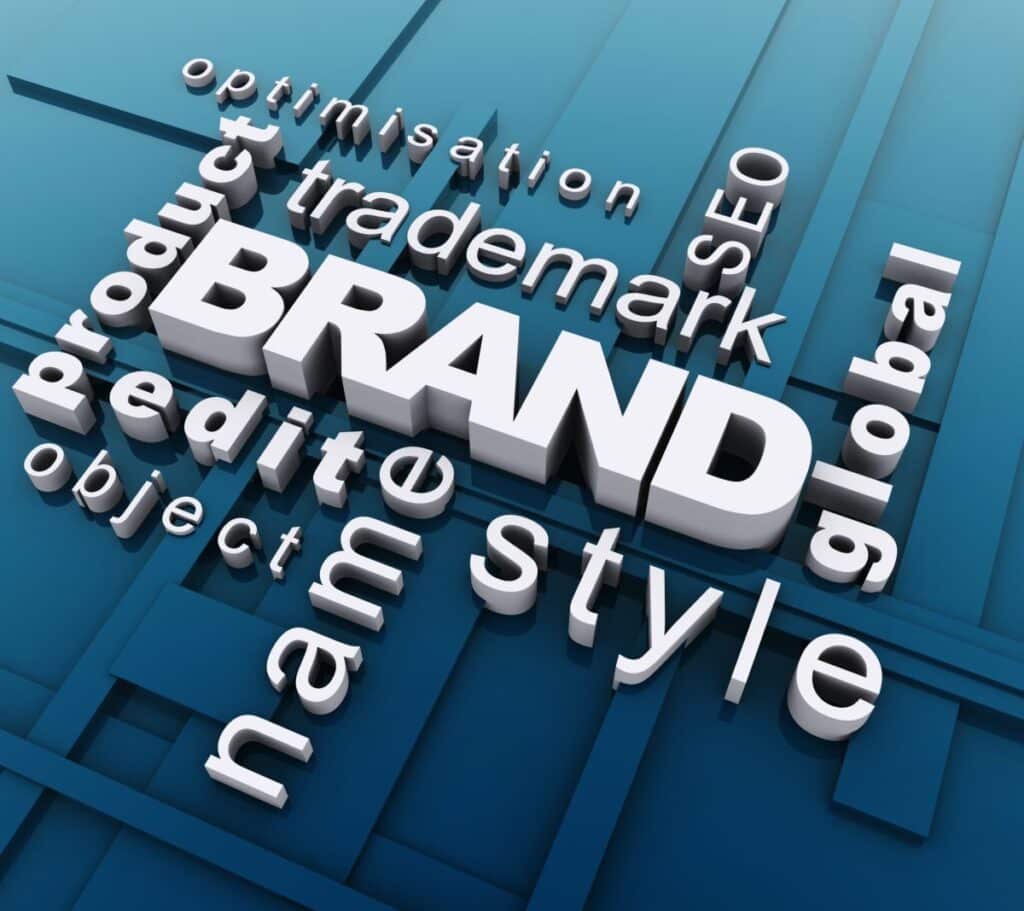Introduction: Fads vs. Future Leaders
Investing in consumer products goes beyond spotting trends. The key is to differentiate between fleeting popularity and long-term value creation. Are you backing a scalable solution or a hype-fueled flash in the pan? This article explores how classifying products as commodity, luxury, or hybrid can inform smarter investment decisions.
Paths to Value: Functional vs. Emotional Products
Consumer goods typically meet two primary needs:
-
Functional: Practical benefits like affordability, efficiency, and convenience.
-
Emotional: Intangible value tied to status, identity, or storytelling.
Some companies blend both, creating hybrid brands that aim for utility and aspiration.
Understanding the S-Curve of Commoditized Offerings
1. Slow Build
Niche market due to high cost or lack of infrastructure.
2. Accelerated Growth
Cost declines or innovation drives mass adoption.
3. Maturity
Growth slows; differentiation and efficiency become critical.
Investor Tip: Early adopters benefit from growth spikes. Mature-stage businesses require scrutiny of margins and competition.
Case Study: Clean Energy’s Rise
-
Solar: From $77/watt in 1977 to $0.11/watt in 2024. Mass adoption followed.
-
EVs: Tesla scaled from the Roadster to mass-market models as battery prices fell.
Lesson: Commodities can become market winners when cost inflection points align with demand surges.
Cautionary Tale: Orkut’s Demise
Despite early traction in emerging markets, Orkut failed to evolve. Facebook’s faster innovation cycle led to Orkut’s obsolescence.
Investor Tip: First-mover advantage is meaningless without consistent product reinvention.
What Drives Aspirational Brands?
Brands like Hermès, Macallan, and Bugatti thrive by:
-
Creating scarcity and storytelling.
-
Limiting access to uphold prestige.
-
Delivering ownership experiences beyond functionality.
Investor Insight: High gross margins hinge on strict brand control. Overexpansion can be fatal.
Contrarian Watch: Luxury at Risk?
-
Pierre Cardin: Over-licensing eroded luxury image.
-
Gucci: Trend-chasing may weaken brand equity.
Lesson: Luxury thrives on discipline. Loosening control for growth can undo decades of branding.
The Hybrid Model: Best of Both Worlds?
-
Voss Water: Functional product rebranded as luxury.
-
Dyson & Stanley: Premium design elevates household basics.
Investor Consideration: Hybrid brands must guard their positioning as they scale or risk valuation volatility.
Why Brand Equity is Financially Material
According to Kantar BrandZ 2024, strong brands that balance awareness, emotional connection, and experience consistently outperform equity benchmarks.
Valuation Framework: Three Business Models Compared
| Model | Key Metrics | Risk Factors | Investment Strategy |
|---|---|---|---|
| Commodity | Cost leadership, scale | Price wars, saturation | Buy during cost curve inflection points |
| Luxury | Pricing power, brand loyalty | Brand dilution, overexpansion | Hold market leaders with disciplined growth |
| Hybrid | Premium perception + mass appeal | Trend sensitivity, execution | Track brand momentum and consumer loyalty |
Conclusion: Understand the Why Behind Success
Winning investments in consumer goods stem from deep insight into why a product succeeds: cost advantage, emotional loyalty, or brand storytelling. Sustainable market leaders master these forces, while fads eventually fade.
Stay vigilant. Stay curious. Invest wisely.
Sources
-
Kantar BrandZ 2024
-
Bloomberg, Reuters, IEA











































